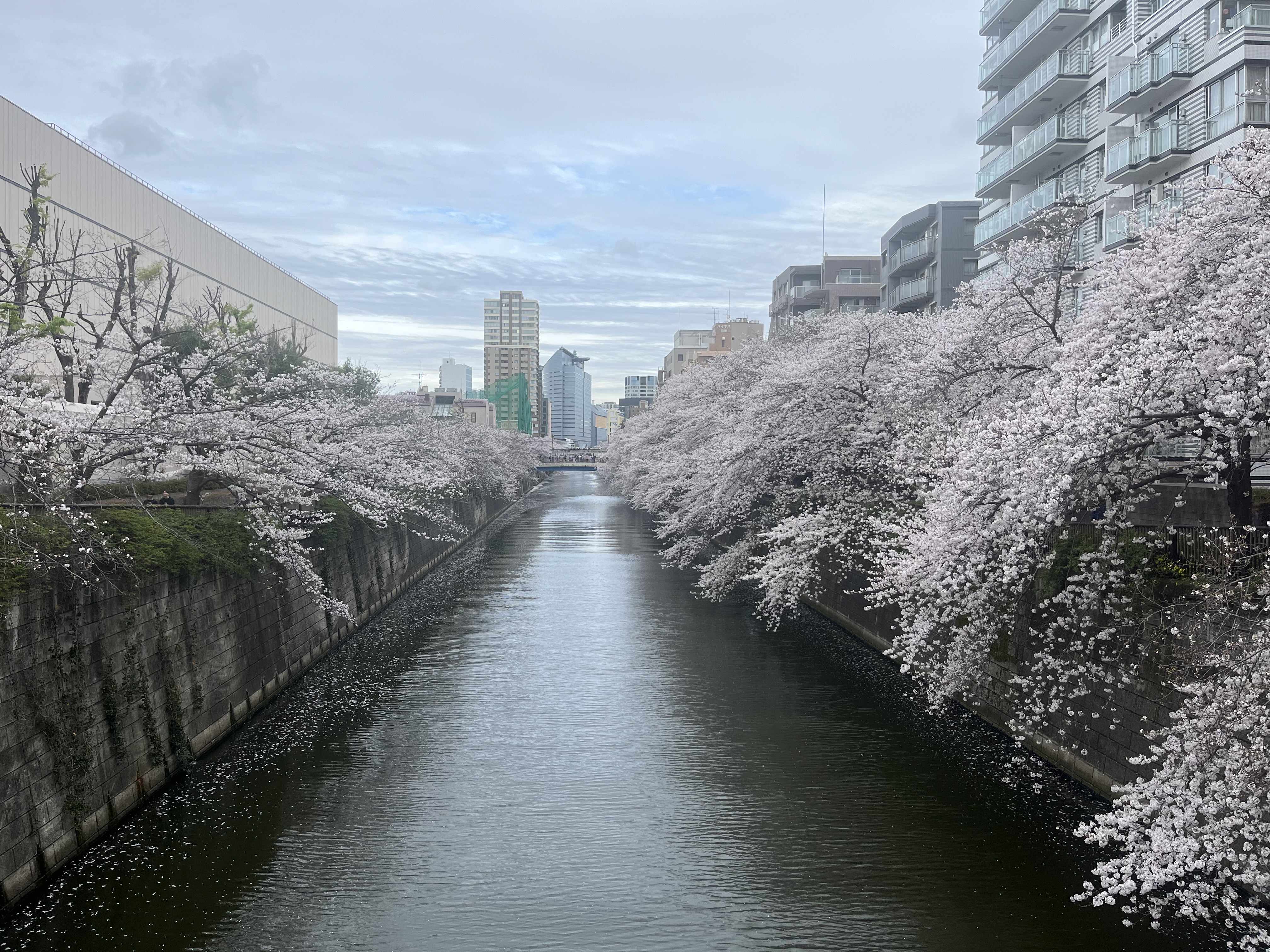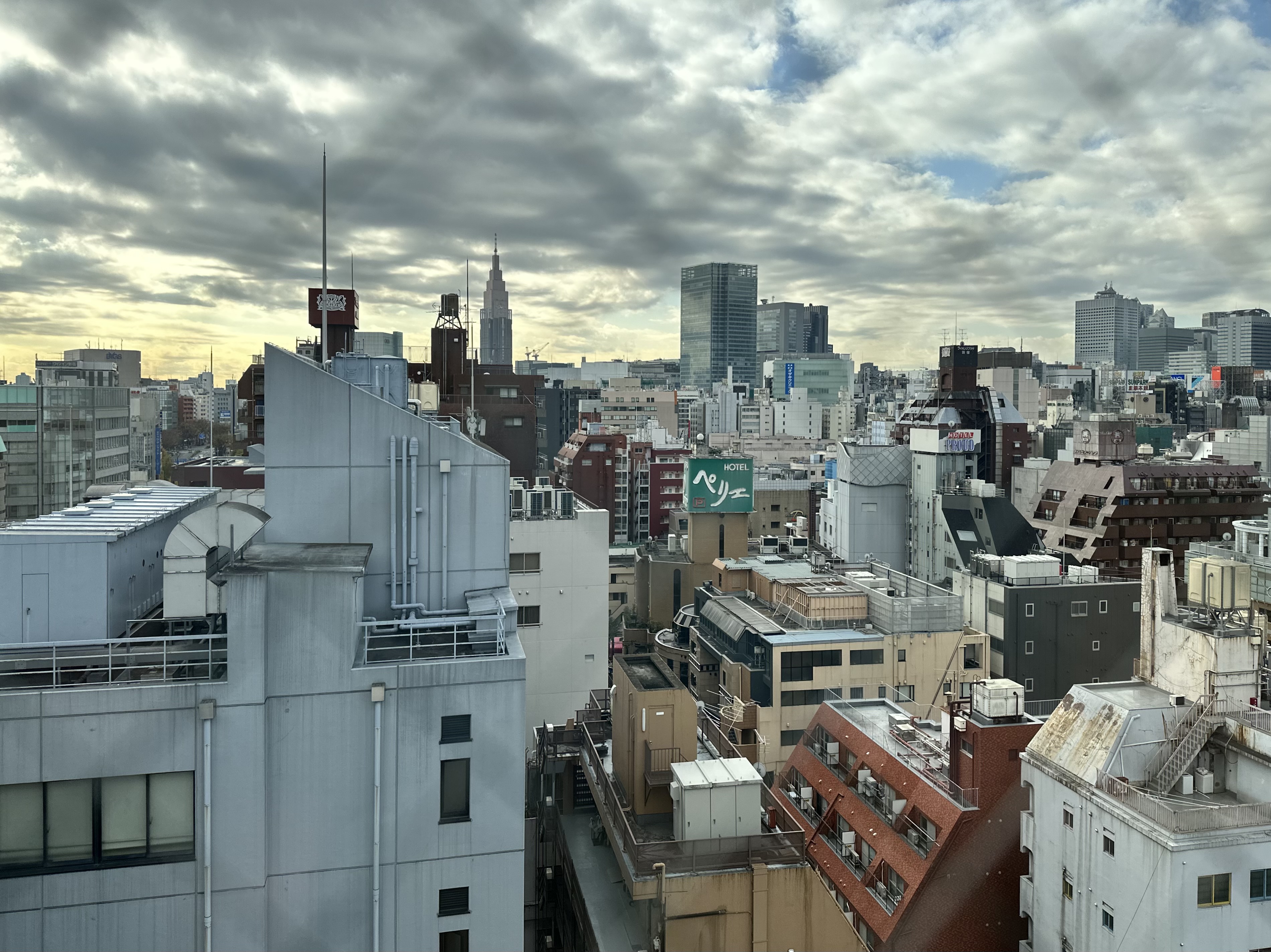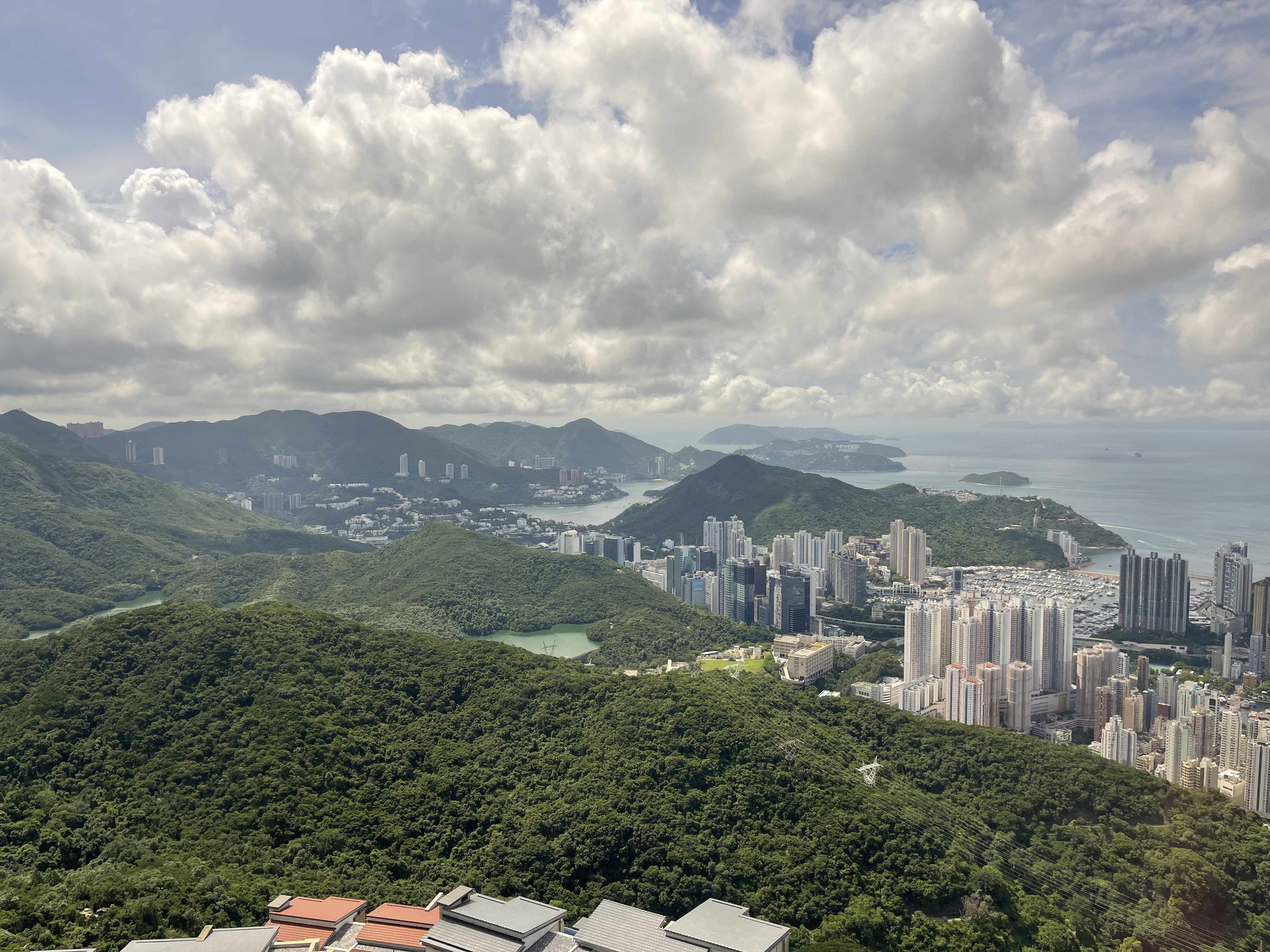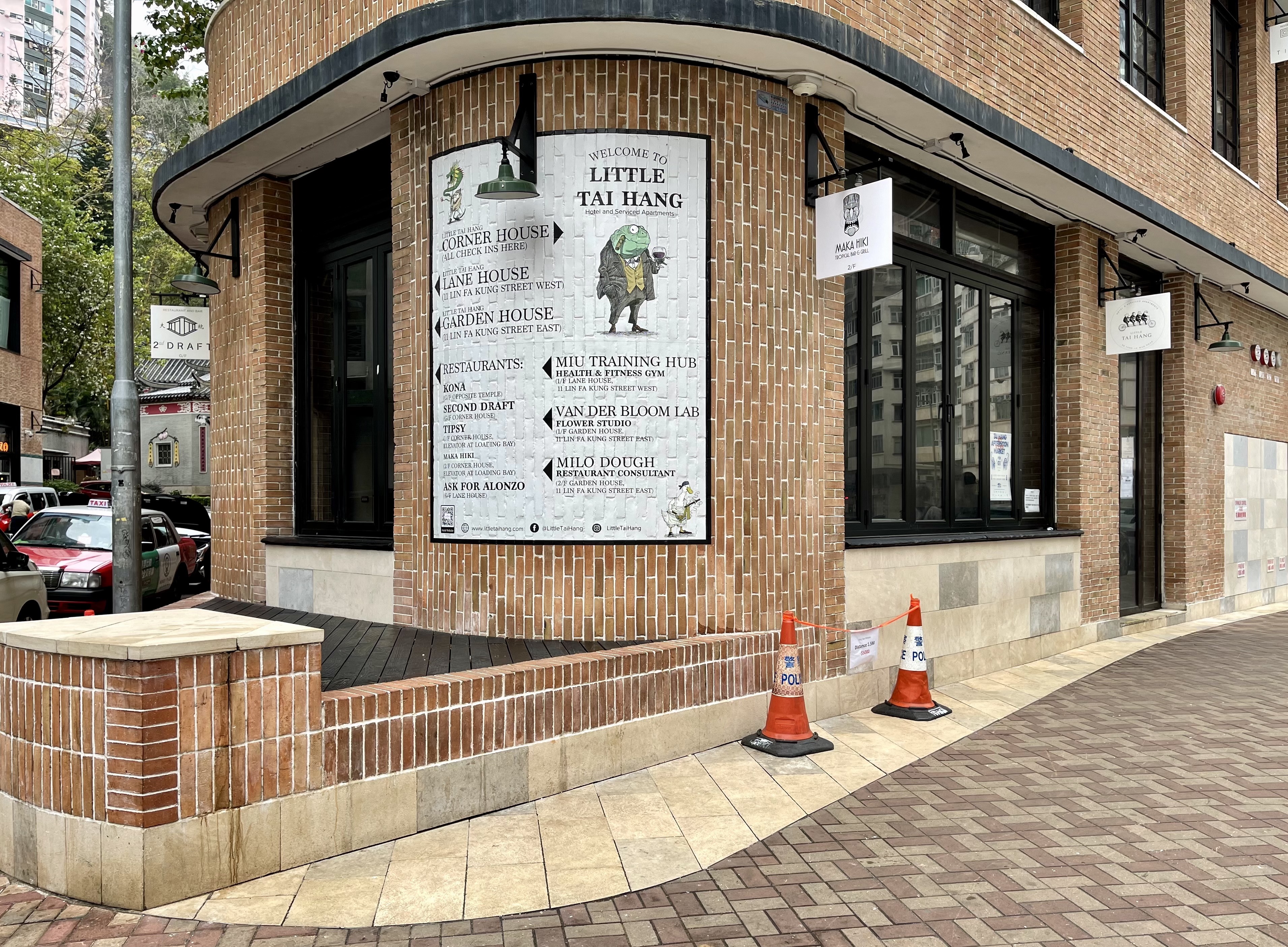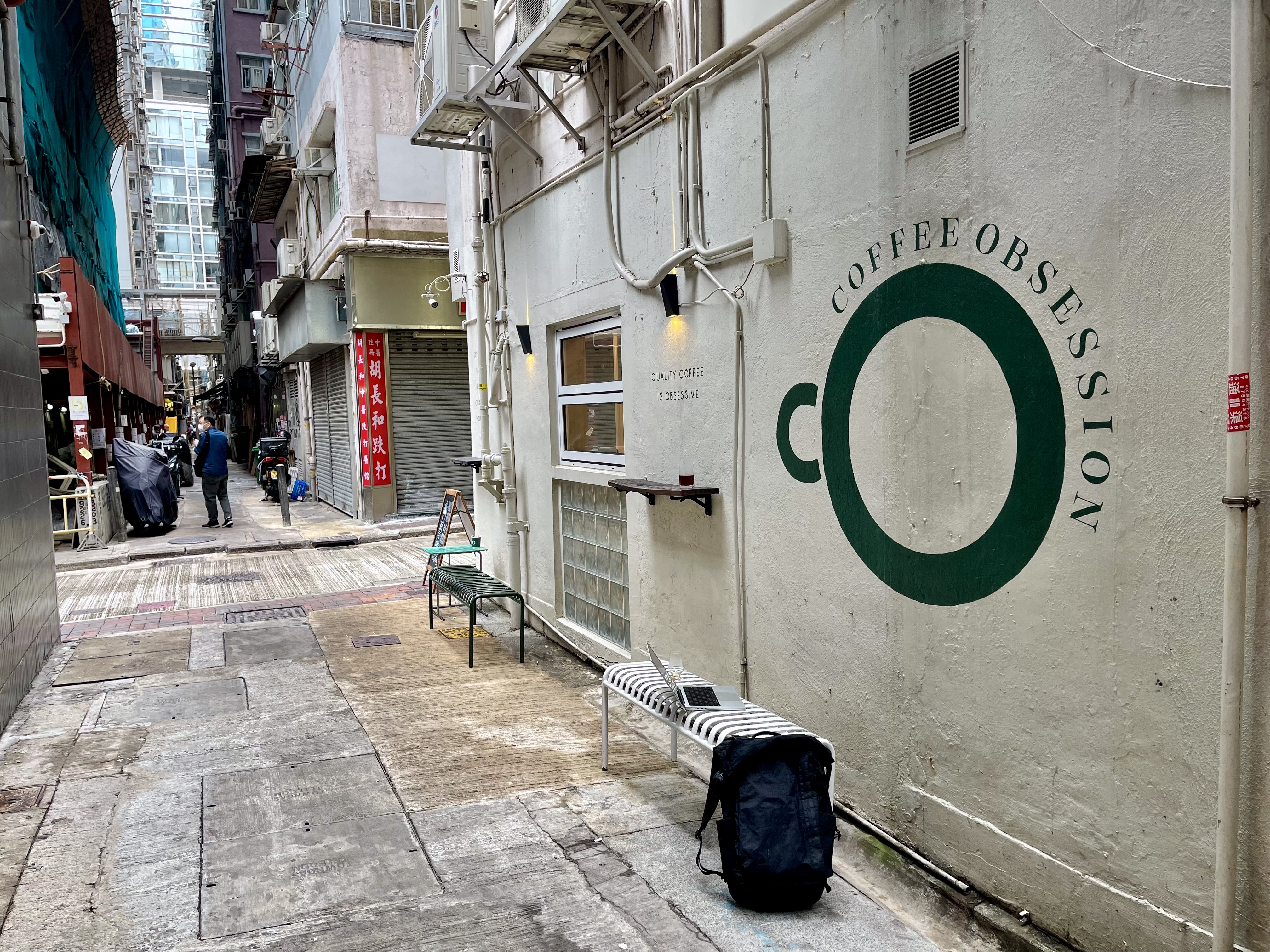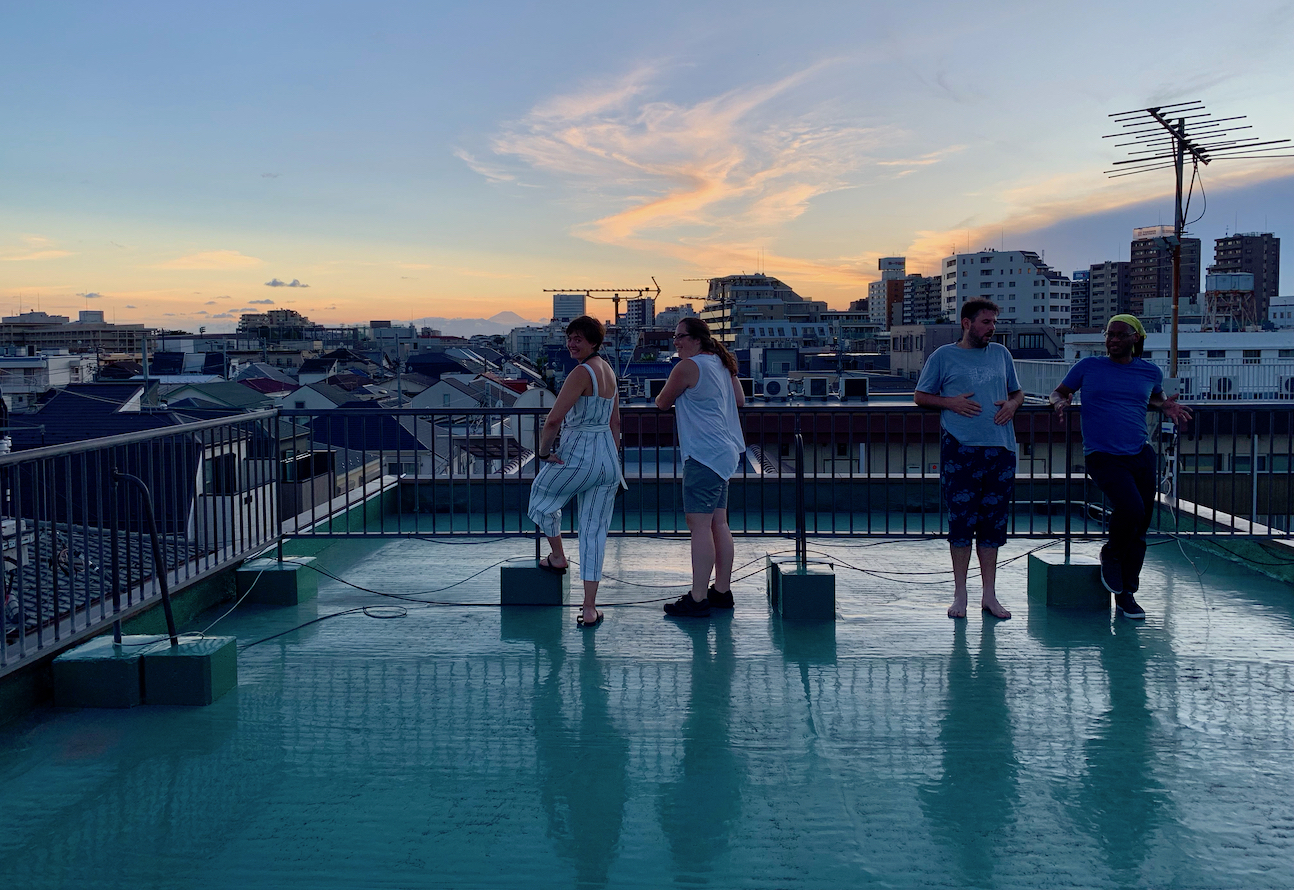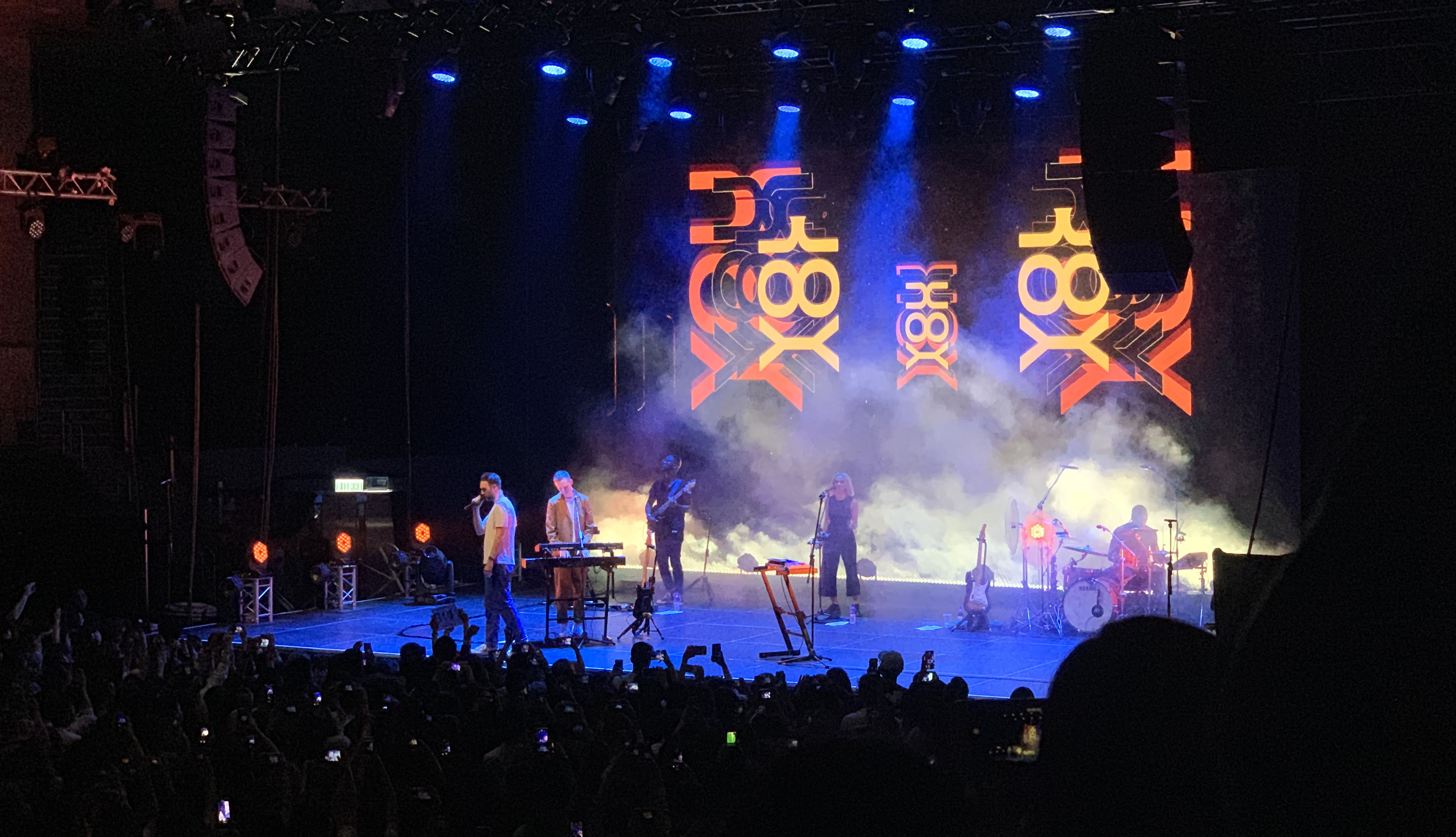I stand on the balcony and watch the cherry blossoms. The world is beautiful and oddly calm. My partner is correct in her explanation: “everyone is in a park getting drunk because of sakura”. The weather is perfect, just barely chill, and restaurants are indeed empty for a Saturday night. We are happy. Having simply bought cheap tickets we lucked into both friends from out of town (Nagoya, Taipei) and sakura in Tokyo. This is exactly the kind of luck we’d hoped to manufacture for ourselves, and our smiles to each other, when 5’s is momentarily doing something on her own, reflect our inner joy at this success.
As I write often, we are working hard to remember who we meant to be, and to allow ourselves the individual space to bring joy back to our family. It’s a good practice that takes work. More regularly now we go on trips solo, for work or out of curiosity. We come back refreshed, more interested in our shared reality, more aware of the brevity and luck in our shared existence.
The next day we too are in the park, four and then five adults keeping tabs on three children. They collect acorns and wander between families on tarps, waving at other children. The oldest does the two story slide, but the younger two are afraid and beg off, eventually being carried down the climbing walls that serve as castle entrances. Every slide has a line of four or six polite children, the local style our foreign kids have to be told to notice. They simply cut straight to the front, not seeing the quietly perturbed children waiting patiently to the side. We remind them and they adapt, for our children are children of Asia, the three of them born in Hong Kong, Singapore, and Taiwan. We are the diaspora, this group of us in this park in Tokyo for hanami. We are all seeking refuge from the collapse of the American empire. The friend without children explains it as clearly as I’ve ever heard:
“It’s like I died and this is a new life, so different from my old and yet so much the same. Here, all my worries are gone.”
My partner and I will talk about this feeling all the way home. In some way it is what I’ve been trying to explain to myself since I was eighteen, or more accurately since I moved abroad at twenty two.
What my friend means, I think, is that if everyone is ok everyone can have less fear, because no one has to take from someone else. By raising the floor for us all, by providing parks and bathrooms and trains and housing and food, we remove the need to threaten, to scare, to rush, to honk, to run over, to crash into, to fight, to flip off. We suddenly have so many fewer enemies.
“it’s ok to be anyone here, to be whomever you want, as long as you’re not hurting anyone else it’s ok,” my friend says.
He’s right. Why is that such a rare feeling? Why did we not feel like that in SF, where we each lived for at least a decade? I can’t quite be sure, though I have a host of ideas. Usually I start with bathrooms, with trains, and with the selfish individuality of car culture.
On this day though I just listen to him. I lie back on the cardboard we’ve spread on the dirt and watch the kids run. I watch my other friends, in town from Taipei, enjoy Tokyo, enjoy their vacation. I watch our daughter follow the big girl around collecting acorns. I watch the sakura, so grateful to be here for this week. I watch the other people, likewise sprawled on tarps or blankets on the dirt, likewise chatting with friends and likewise happy to be out doors in the spring, at home in Tokyo for one of the best moments of the year.
There are so many reasons why we feel good here.
Sometimes it’s enough to feel.
